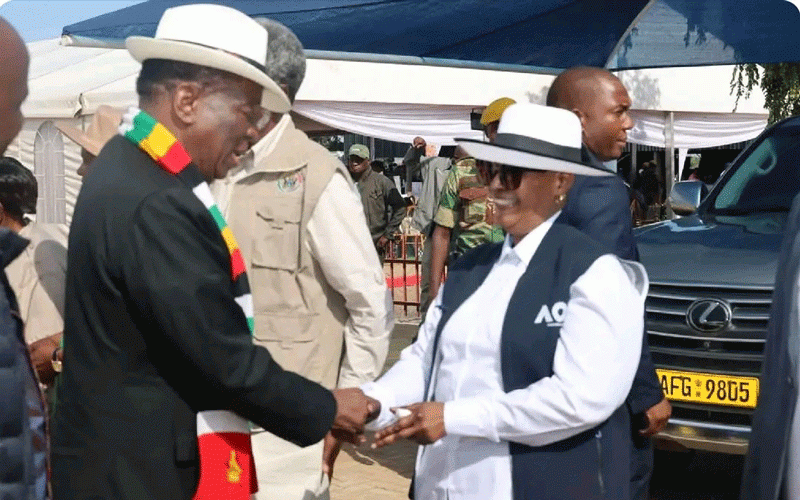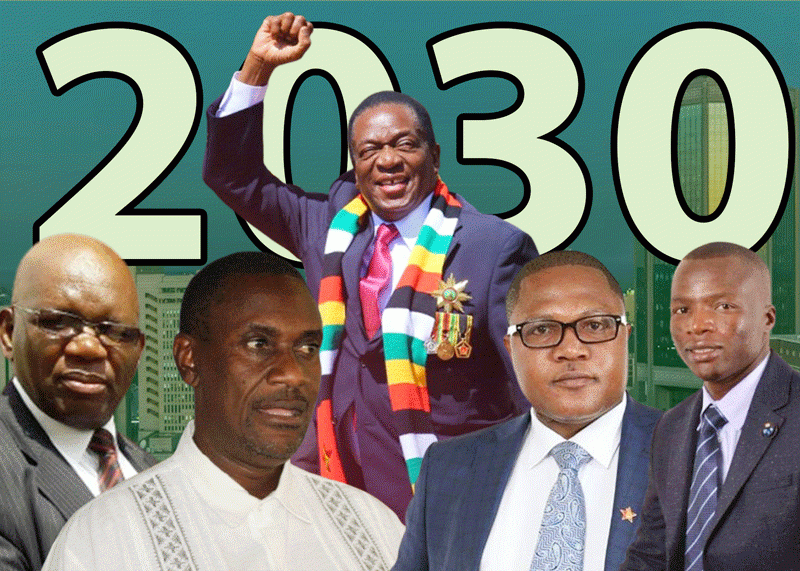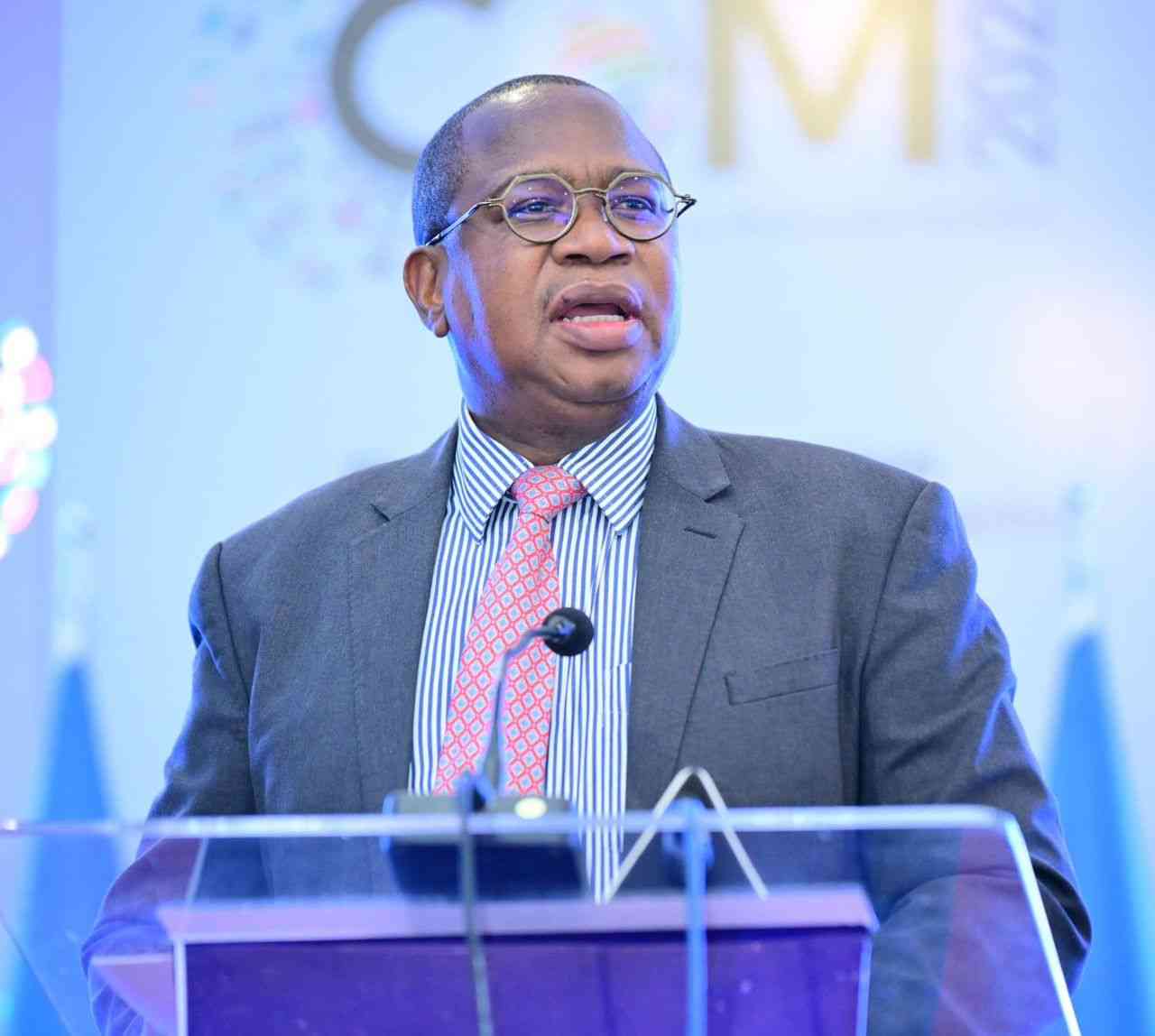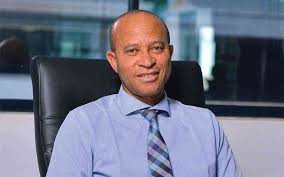THE overhang debt situation in Zimbabwe is a reflection of the country’s economic crisis. It shows that the country is bankrupt and, therefore, there is urgent need to interrogate the debt crisis and strategise on how it can be resolved.
Zimbabwe, as a country, faces a development hurdle in the form of its debt, which must be resolved in order for the country to receive funding from foreign financial organisations.
It is critical for the country to understand the precise amount owing, as well as, what the money was expended on.
One distinctive aspect of the country's current cumulative debt from the colonial government is that a large portion of it was obtained to maintain the apparatus of repression, either during Ian Smith's reign or in the years following independence.
For instance, the US$700 million debt Zimbabwe inherited from the Ian Smith administration, was obtained through loans in order to go round a 1970s United Nations prohibition on the procurement of weapons.
The acquisition of these weapons was intended to support the apparatus of repression. It was employed to subdue the nationalist liberation movement.
After Zimbabwe gained its independence, the government spent a lot of money on unaccounted expenditures (some of them politically-induced) that depleted the country's coffers and added to its debt.
In 1997, the government provided war veterans with an unbudgeted multi-million-dollar payout after they besieged the headquarters of former president Robert Mugabe's ruling Zanu PF party, demanding payment for their contribution to Zimbabwe's independence.
Over 50 000 war veterans received ZW$50 000 each from Mugabe when he gave in to political pressure; at the time, the total cost of these payouts was 3% of gross domestic product (GDP).
The country's costly engagement in the Democratic Republic of Congo (DRC) war is another noteworthy historical event that contributed to the accumulative debt.
Despite the government's claims that the cost of the nation's military intervention in the DRC was within its budget, Simba Makoni, the finance minister at the time, acknowledged that the State’s limited resources prevented it from sustaining the expenditure for an extended period of time.
When soldiers were first dispatched to the Congo in August 1998, analysts noted the value of the Zimbabwe dollar had dropped by half, which had resulted in sharp price increases and violent street protests.
There have been several politically motivated illicit financial flow channels in the post-2000 era, when the political, economic, and social situation in Zimbabwe deteriorated due to complex events. These included the sanctions imposed on the country, which have become the main government justification for the declining economic situation.
For instance, former head of the Parliamentary Portfolio Committee on Public Accounts, Brian Dube, last year said improper public procurement practices in Zimbabwe could have cost the country more than US$10 billion between 2018 and 2023.
From bribery to overtly dishonest embezzlement of public monies, the debt has reached an incredible amount, stemming from both hyperinflation and unjust commercial constraints.
An example is the granting of a tender by Parliament to a local privately-owned company, Blinart Investments, to supply 173 laptops, with each gadget priced at US$9 264.49.
When the Ministry of Finance and Economic Development refused to pay for the devices, the contract was terminated.
Low accountability frameworks, widespread corruption, and a lack of transparency have all been issues that have contributed to the economic crisis in the country.
The Reserve Bank of Zimbabwe and the Ministry of Finance have for decades been seen as money machines by the corruptelite wanting to abuse the system.
This illustrates how tightly entwined politics and economy are in Zimbabwe. The economy and its institutions have been steadily undermined by the public authority`s meddling in trade, resource distribution, and credit allocation.
The debt situation and Zimbabwe's economic crisis will not be resolved until there is political will.
The post-independence Zimbabwean government`s economic policies have contributed to the economic challenges and rising debt.
The theft of public funds and improper handling of the currency have also resulted in severe inflationary pressures that have prejudiced citizens and hindered the productive sector.
The debt issue in Zimbabwe necessitates a dedication to moral accounting and openness in the handling of public funds.
There is need for the key stakeholders to tackle socio-economic injustices caused by illicit financial flows (both external and internal).
This can be done by involving citizens in public finance management processes, including the Office of the Auditor-General's reports, in response to the rising cost of living brought about by corruption, excessive government spending, high unemployment rates, deteriorating social service delivery, and the absence of policy frameworks that are responsive to the specifics of the socio-economic context.
Part of the solutions to cure the debt crisis is to intensify the re-engagement process with the international community to normalise relations and push for the removal of sanctions.
Another is to intensify domestic resource mobilisation initiatives to enhance the tax base.
In order to promote accountability, transparency, independence, and modernity, it is also necessary to align the Sadc Model Law on Public Finance Management with our public finance laws.
The Sadc document lays out effective procedures for raising public revenue, spending public funds and other resources, keeping track of receipts and outlays of public funds, and parliamentary oversight of public resources.
All things considered, political will combined with a concerted effort from all stakeholders, specially Zimbabweans, is necessary to rebuild Zimbabwe's economy.
These include creating a clearing house to deal with the enormous debt, formulating a thorough plan, and bringing in internal funds to support social safety nets and finance reform.
- Dzobo is a policy analyst.





